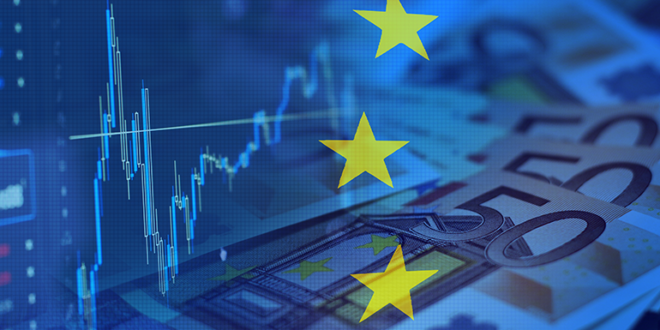Last year, Europe was in the grips of a gas crunch that sent the price of electricity—and everything produced with its participation—soaring.
Then the crisis eased, thanks in no small part to the unusually mild winter as well as to record high U.S. LNG imports. Now, food prices are soaring. Only no one knows why.
Euronews reported earlier this year that although energy inflation had slowed down, food prices continued rising strongly across the 27-member EU bloc. In some cases, the price increases reached 50%, the report noted.
Then, this week, the Wall Street Journal also came out with a report on the mystery of European food prices. The report noted that on global agricultural commodity markets, prices were down, but they continued up in Europe.
So is the price of gas on both global markets and the European Union’s own internal market. If energy costs are down, then food producers’ overall costs should be way down. Yet, though they probably are, the end price for their products is up. Food prices in the EU are so high, in fact, that governments need to step in with direct financial help to alleviate the pain.
Spain, Italy, and Portugal, the WSJ noted, have cut taxes on food to reduce prices. Other EU countries have pressured food producers not to raise prices excessively. Across the Channel from the EU, the UK is investigating food producers for price manipulation.
In April, insurance major Allianz suggested that one reason for the high food prices could be what it called “catch-up profit taking” following the energy crunch. “This could stem from firms in the food sector making up for the difficult months between March and June 2022,” Allianz wrote. “We find that most firms have managed to increase turnover beyond costs since then.”
The stubborn food inflation is prompting Europeans to shrink their spending on food at a very odd time: with energy costs much lower than this time last year, industrial activity is picking up in the EU, according to another WSJ report.
The report cites the restart of one of the largest aluminum smelters on the continent, In France, and the ramp-up of production that was slashed last year by fertilizer major Yara International.
Yet even that optimistic report notes that, first, the revival of activity is not universal and, second, the reason for the weaker energy prices is weaker demand for energy, and that does not exactly suggest a major economic revival for the EU.
The WSJ notes the plans of another fertilizer maker, OCI, which will not be bringing back production of ammonia and methanol because it is uncertain it will not have to shut it in again should energy prices surge.
In Germany, meanwhile, Volkswagen scrapped plans for a second EV battery factory because of excessively high energy prices. This suggests that although they are lower than this time last year, energy prices in Europe have yet to return to levels that large businesses find palatable enough to resume their usual activity.
But what the first WSJ report calls a food crisis is, in fact, only food inflation. A crisis usually involves a shortage. And a shortage of some foods may well be on the way for Europeans.
Because of fertilizer production shut-ins last year output declined, and prices rose. As a result of this, many farmers probably used less fertilizer than they normally would. And this means lower crops, which would, in turn, mean lower food availability.
Add to this plans to essentially eliminate several thousand farms in one of Europe’s biggest agricultural producers, the Netherlands, and the word “crisis” begins to sound a lot more literal than a two-digit inflation rate.

 Iran Energy News Oil, Gas, Petrochemical and Energy Field Specialized Channel
Iran Energy News Oil, Gas, Petrochemical and Energy Field Specialized Channel



